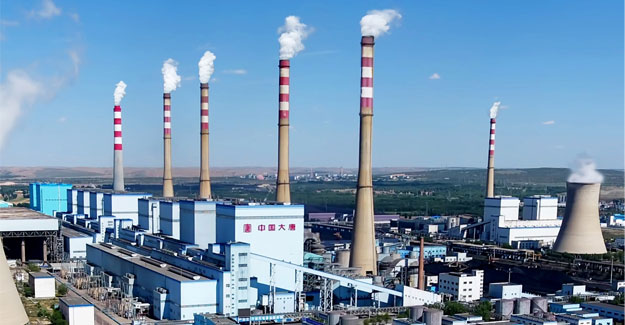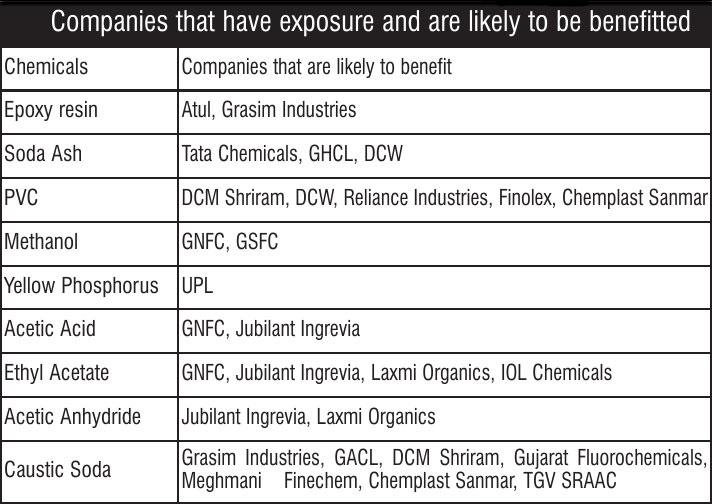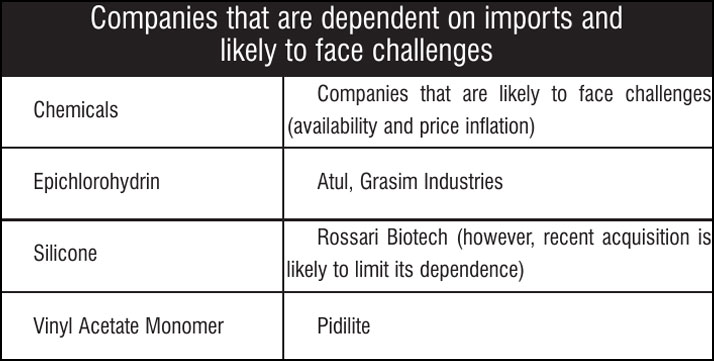
China’s 'Dual Control Of Energy Consumption' A Windfall For Indian Industries
China’s 'dual control' is turning out to be a supply disruption event with key provinces being sounded out red alert and are being forced to cut down on electricity consumption which has now started to severely impact production and thereby entire supply chains – chemicals, textiles, toys, machine parts, devices.
It is expected that more regions are likely to adopt strict measures to restrict high energy consuming industries in future. As the operating rates of chemical plants in China decline and production cuts and shutdowns become more frequent, inventories are likely to decline and would lead to spiralling of prices. According to a report by B&K Securities, “Our checks indicate many large factories have begun to sell in limited quantities or even have stopped manufacturing. This alongwith the already stressed container issue means that the current high prices may not be the peak. Indian chemical companies having exposure to these chemicals are staring at a near-term windfall gains. The situation is thus apt for a trading bet/tactical buy on these chemical companies.”
On the flip side, the companies that are dependent on imports of raw materials are likely to have a bit of challenging time in the near term with regards to availability and raw material inflation, the report states.
 Chinese companies have started limiting/shutting production
Jiangsu Sanmu has stopped producing acetic acid, glacial acetic acid and butyl acetate due to the government’s limit production rule. News articles suggest that Celanese, a global chemical and specialty materials company, has declared force majeure for acetic anhydride, vinyl acetate monomer (VAM), vinyl acetate emulsion, redispersible powders at its Nanjing, China facility to comply with government requirements.
Chinese companies have started limiting/shutting production
Jiangsu Sanmu has stopped producing acetic acid, glacial acetic acid and butyl acetate due to the government’s limit production rule. News articles suggest that Celanese, a global chemical and specialty materials company, has declared force majeure for acetic anhydride, vinyl acetate monomer (VAM), vinyl acetate emulsion, redispersible powders at its Nanjing, China facility to comply with government requirements.
 What is China’s Dual control on energy consumption?
China has established the targets for carbon peaking by 2030 and carbon neutralisation by 2060 (dual carbon target). The domestic local governments thus have to gradually increase the dual control policies on energy consumption. The imbalance between supply and demand of commodities caused by power rationing has been driving the prices and manufacturing costs rapidly.
Energy saving evaluation and assessment are being carried out for key energy-consuming enterprises to promote their energy-saving management. National Development and Reform Commission then implements a red, yellow and green warning mechanism in all provinces, cities and autonomous regions.
In the first quarter of CY21, Zhejiang, Guangdong, Guangxi and Yunnan received the first level of warnings. By the end of August, their energy consumption intensity in Qinghai, Ningxia, Guangxi, Guangdong, Fujian, Yunnan, Jiangsu and Hubei received the red warning on the amount of energy consumption. Red warning in Jiangsu has forced the region to cut 10 billion kilowatt-hours of electricity from the 15th September. Enterprises in the region are therefore witnessing power outages from 16th September which is expected to carry on till October 8th. All the production therefore remains suspended/curtailed till October 8th. Other provinces are also likely to receive similar notification in the near future.
What is China’s Dual control on energy consumption?
China has established the targets for carbon peaking by 2030 and carbon neutralisation by 2060 (dual carbon target). The domestic local governments thus have to gradually increase the dual control policies on energy consumption. The imbalance between supply and demand of commodities caused by power rationing has been driving the prices and manufacturing costs rapidly.
Energy saving evaluation and assessment are being carried out for key energy-consuming enterprises to promote their energy-saving management. National Development and Reform Commission then implements a red, yellow and green warning mechanism in all provinces, cities and autonomous regions.
In the first quarter of CY21, Zhejiang, Guangdong, Guangxi and Yunnan received the first level of warnings. By the end of August, their energy consumption intensity in Qinghai, Ningxia, Guangxi, Guangdong, Fujian, Yunnan, Jiangsu and Hubei received the red warning on the amount of energy consumption. Red warning in Jiangsu has forced the region to cut 10 billion kilowatt-hours of electricity from the 15th September. Enterprises in the region are therefore witnessing power outages from 16th September which is expected to carry on till October 8th. All the production therefore remains suspended/curtailed till October 8th. Other provinces are also likely to receive similar notification in the near future.

Textile Excellence
If you wish to Subscribe to Textile Excellence Print Edition, kindly fill in the below form and we shall get back to you with details.








